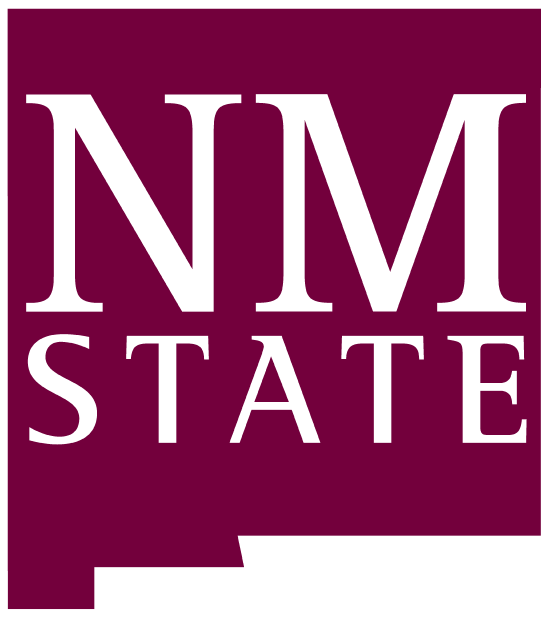At the unexpected intersection of astronomy and animation is Rodney Levendosky, a senior majoring in animation and visual effects at New Mexico State University. His work with Astronomy Assistant Professor Juie Shetye blends these fields to study the plumes produced in volcanic eruptions.
Connecting the Creative Media Institute’s animation program with a solar research group in the astronomy department began with a video game and an introductory astronomy class.
“I took a class with Dr. Shetye to try and get the way the planets moved correctly in video games, and I just got really excited about the field,” Levendosky said. “She invited me into this research group, gave me independent research topics and it took off from there.”
“Rodney has been working with me for a year now as part of the NASA SMD Bridge grant. He was in my undergraduate course, one of the top ranked students, when he approached me about a project, and I said, ‘okay, come meet me and let's do this.’”
Levendosky’s work focuses on the 2022 Hunga Tonga-Hunga Ha’apai eruption in the Kingdom of Tonga, the largest volcanic eruption observable by satellites in modern history. He uses data from the network of Geostationary Operational Environmental Satellites (GOES) to put together images of the volcano’s plume and study the way it evolves and affects the atmosphere.
To measure the height of the volcano’s plume, Levendosky is testing a technique called the Twilight Method. As the sun sets below the horizon, the top part of the plume is the last feature to be illuminated. The angle formed between the setting sun, the plume and the satellite overhead at this moment allows Levendosky to determine the height of the plume.
“This method is simply a careful, scientific version of what we all do when we watch the Organ Mountains change color at sunrise or sunset,” Shetye said. “If a volcano’s plume is present high in the atmosphere, it will scatter and reflect the red light at twilight in a slightly different way than clean air would, helping us detect and study the plume from the ground. If we can do this from the ground, we can also do it from space. This is Rodney’s invention.”
“This is the first time the Twilight Method is being used to determine the height of a plume, how it evolves in the atmosphere, how it’s affecting our ozone layer and how high the plume goes before it disperses,” Levendosky said.
Studying volcanic plumes also provides relevant information that people can act on and learn from.
“The way the plume goes, the higher it goes, the more it spreads—the more damage it can do,” Shetye said. “They're important from defense point of view and they're important from an economic point of view. You cannot just switch off air traffic until the volcano disappears. So, we really need to know how high things go and if we can use this technique to measure the volcano heights successfully for multiple volcanoes.”
However, at a certain point, the satellite images get too distorted to be useful. This is where animation comes in — Levendosky uses a post-production software to remove some of the graininess and improve clarity without manipulating the images.
“I can take the tools I learned in game development and animation and apply them to research to make sure the images are clear and improve the accuracy of results,” he said. “It’s a really cool cross between the fields.”
“Here's an animation student who's learned all the animation techniques of denoising data, removing blur in the background and removing stray light,” Shetye said. “Rodney is converting this data, putting it in his animation software and he's denoising all this GOES data so that we can confidently track each pixel. He's leading this work and the team agreed that he has done significant job.”
Levendosky will be taking his research to the American Geophysical Union’s annual conference in New Orleans this December to share his findings with other earth and space scientists. He also plans to continue pursuing astronomy in graduate school.
“It’s really intriguing that I get to experience the kind of scientific workflow and everything that goes into writing research papers. Dr. Shetye makes it really fun to come to the astronomy department,” he said. “She really goes above and beyond. The fact that she’s that invested makes you excited to make her proud.”
Levendosky and Shetye’s work together shows how interdisciplinary cooperation can provide unique perspectives and solutions to complex problems, advancing both fields in the process.
“I want to find a way to merge scientific and creative fields,” Levendosky said. “When I get to my graduate work in astronomy, I don’t want to forget what I’ve learned in animation.”
-30-
CUTLINE: Rodney Levendosky, a senior at New Mexico State University majoring in animation and visual effects, works with Assistant Professor Juie Shetye to apply his skills to astronomy. (NMSU photo by Sarah Kimmerly)

